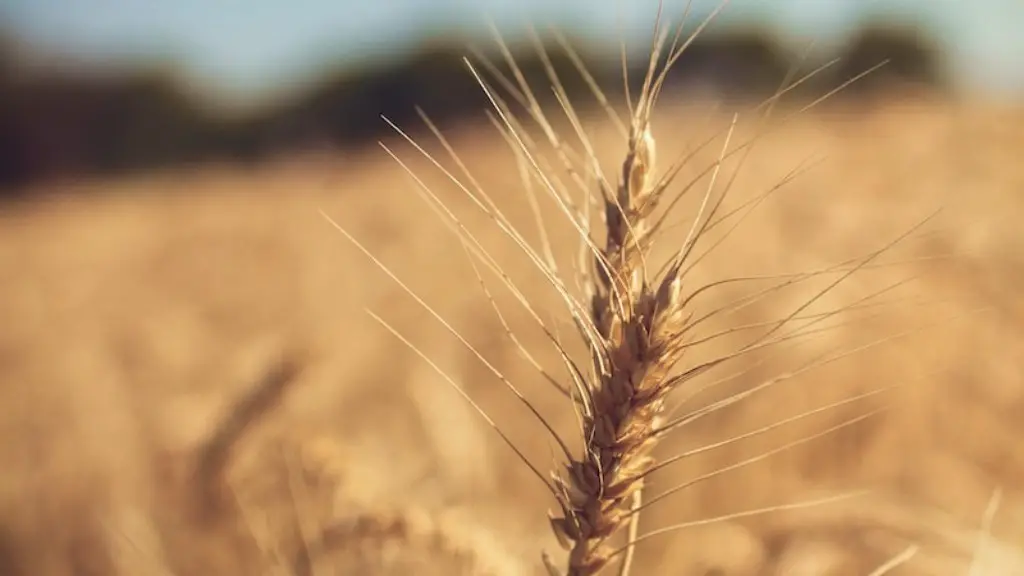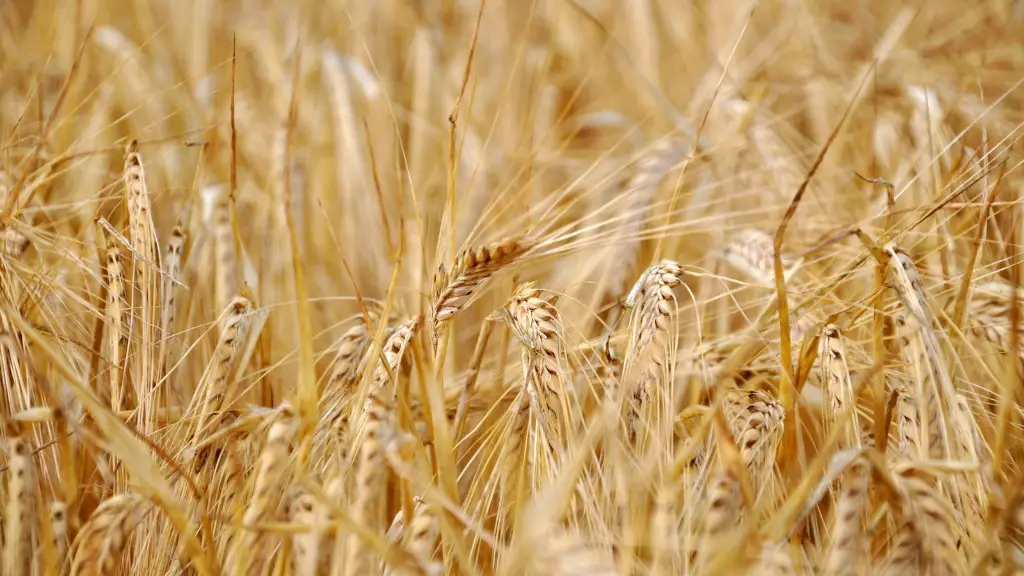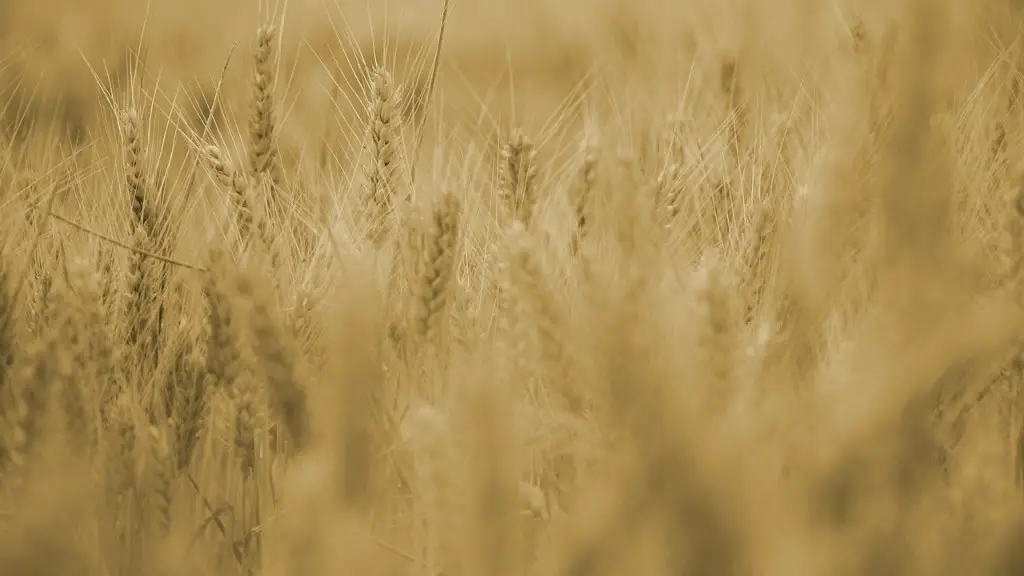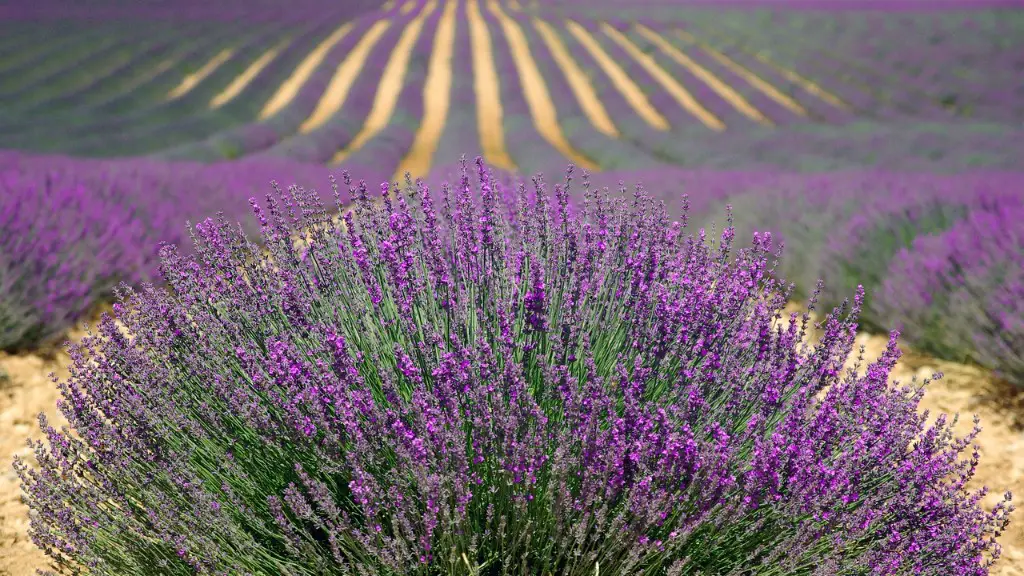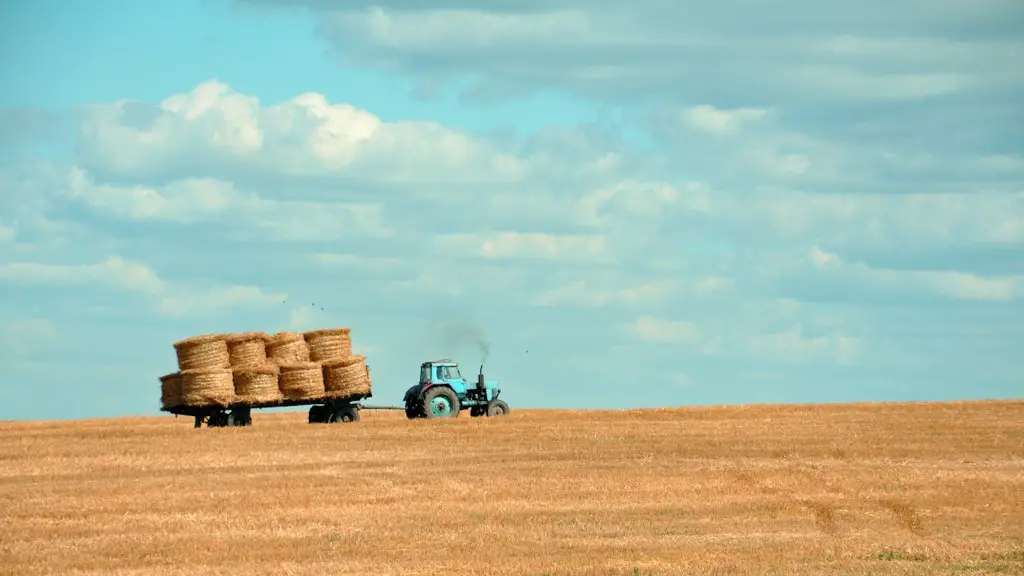In agriculture, tilth is the condition of the soil as determined by its physical, chemical, and biological properties. It is a measure of the suitability of the soil for planting, and for how well it supports the growth of plants.
Tilth is a term that refers to the physical condition of the soil. Good tilth means that the soil is loose, fertile, and able to retain moisture. Poor tilth results in hard, compacted soil that is difficult to till and does not support plant growth well.
What is the meaning of tilth in agriculture?
Tilth is an important aspect of soil quality because it affects how easily the soil can be tilled, how well it drains, and how well seeds germinate and roots grow in the soil. Good tilth makes for a good seedbed and promotes healthy plant growth.
Tillage is the process of preparing the soil for planting by breaking up the soil and turning it over. This helps to aerate the soil and to improve drainage. It also helps to control weeds and to warm the soil in the spring.
Tilth is the physical condition of the soil that results from tillage. Good tilth is important for proper plant growth. It is determined by factors such as the soil’s texture, structure, and porosity.
What does tilth soil mean
Soil tilth is a vital concept in agriculture, as it refers to the suitability of a given soil for planting and growing crops. A soil with good tilth is typically loose and friable, with a good “self-mulching” ability. This condition is necessary for crops to take root and thrive. Improving soil tilth is an important goal for many farmers and agricultural scientists.
Tillage is a process of breaking up the soil. It comes with many benefits and objectives. It helps the soil achieve conditions that are perfect for seed germination, seedling establishment, and crop growth. The most basic and vital objectives of tillage include seedbed preparation, weed control and soil and water conservation.
Tillage is important because it helps the soil to be in the right condition for planting. It also helps to control weeds and to conserve water.
Why is soil tilth important?
A soil with good tilth is important for crops to thrive. The soil must have good conditions for seed germination and root proliferation. Additionally, the soil should facilitate processes such as water infiltration and aeration, which benefit both crops and the environment.
Soil tilth is important for plant growth because it promotes the exchange of oxygen and carbon dioxide between the atmosphere, the soil, and plants’ roots. Oxygen is necessary for plant growth, and soil that is too saturated with water can prevent roots from getting the oxygen they need. Therefore, land that is prone to saturation is usually drained to improve conditions for plant growth.
What is ideal tilth?
A soil with good tilth is “usually loose, friable and well granulated”; a condition that can also be described as the soil’s having a good “self-mulching” ability. On the other hand, soils with poor tilth are usually dense (compacted), with hard, blocky, or massive structural characteristics.
Good tilth is important because it allows air and water to move easily through the soil, promoting root growth and healthy plant growth. Poor tilth can lead to stunted plant growth and waterlogging.
Plowing is a more intense form of tilling the soil. It involves forcefully overturning and breaking up the topsoil to reveal the soil beneath it. This is done in order to loosen the soil and improve its structure for planting. Plowing also helps to aerate the soil and to control weeds.
What are the two types of tillage
Tillage is the process of cultivating the land to prepare it for planting. It is normally classified as primary or secondary tillage. While soil puddling can be classified as a secondary tillage, its primary purpose is to restrict water movement from the surface layers. Primary tillage is the first soil tillage after the last harvest.
The tilth of a soil is its physical condition, especially in relation to its suitability for planting or growing a crop. Factors that determine tilth include the formation and stability of aggregated soil particles, moisture content, degree of aeration, rate of water infiltration, and drainage.
What are the 7 layers of soil?
The Soil Profile
The soil profile is the cross section of the soil through which one can see the different layers of soil. These layers, or horizons, are represented by letters O, A, E, C, B, and R.
The O-Horizon is the layer of organic matter, such as leaves and other plant debris, that has not yet been decomposed.
The A-Horizon or Topsoil is the layer of soil that is richest in organic matter and nutrients. This is the layer in which most plants grow.
The E-Horizon is a layer of soil that is leached of its nutrients and organic matter. This layer is often very light in color.
The B-Horizon or Subsoil is the layer of soil below the A-Horizon. This layer is where most of the minerals and clay are found.
The C-Horizon or Saprolite is the layer of bedrock that is below the B-Horizon. This layer is made up of rocks that have been Weathering for a long time.
The R-Horizon is the layer of solid rock that is found at the very bottom of the soil profile.
Arable land is defined as land that can be used for farming. This type of land is typically worked by plowing and sowing in order to raise crops. Arable land is also known as cultivated land, farmland, ploughland, plowland, tillage, or tilled land.
Can soil tilth be changed
Tillage, organic matter amendments, fertilization, and irrigation can all improve the tilth of the soil. However, if any of these are used to excess, they can actually have the opposite effect. Crop rotation and cover crops can help to rebuild the soil carbon sponge, which in turn positively impacts the tilth. A combined approach of all of these methods is likely to produce the greatest improvement.
Erosion control is the process of protecting the soil against the forces of wind and water. Soil moisture conservation helps to keep the soil moist and reduces the need for irrigation. Minimum fuel and labor costs make it possible to build soil structure and health without using expensive equipment or chemicals.
Why is tilling important?
Tilling the soil is a great way to encourage moisture and air to permeate, allowing seeds to germinate and roots to grow. It also helps control weed growth and can help integrate fertilizers into the soil.
Tiling is a great way to bring up nutrients from below the soil surface. This allows plants to get the nutrients they need easily, and also helps to remove weeds and undesirable roots. Tiling also breaks down large pieces of soil into finer particles, allowing for better water absorption and planting of seeds.
Warp Up
Tilth is a term used in agriculture to describe the physical condition of the soil. It includes factors such as texture, density, porosity, and water retention. A soil with good tilth is loose, crumbly, and easy to work with. It is also able to hold onto nutrients and moisture, while allowing excess water to drain away.
Tilth is a term used in agriculture to describe the physical characteristics of a soil that affect its ability to provide proper conditions for plant growth. Tilth includes factors such as texture, structure, porosity, and water retention. A good tilth is essential for successful farming.
